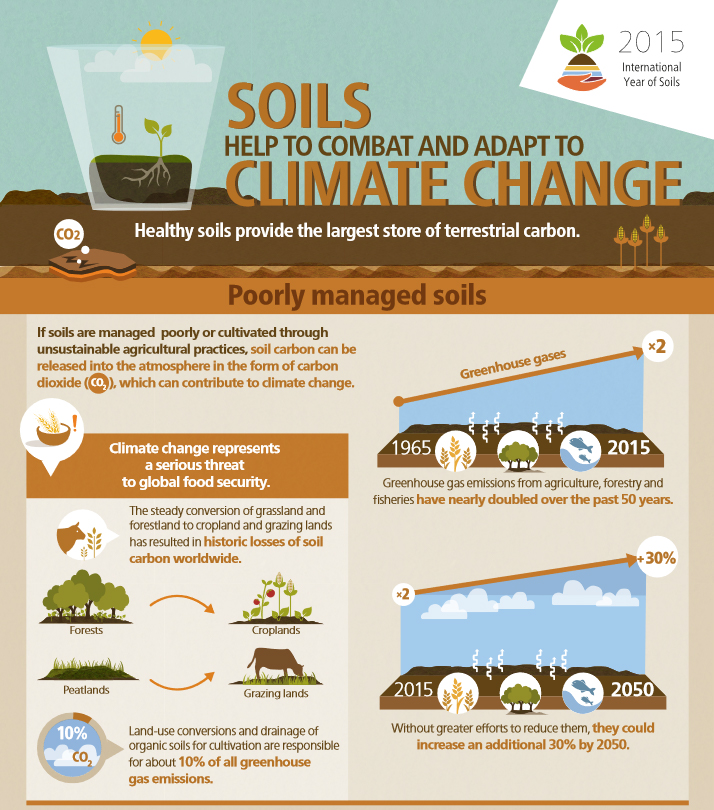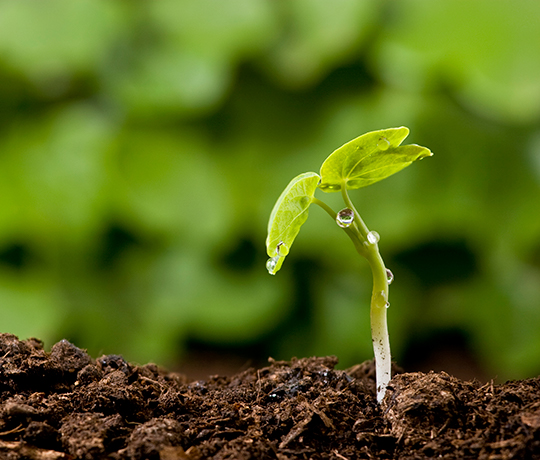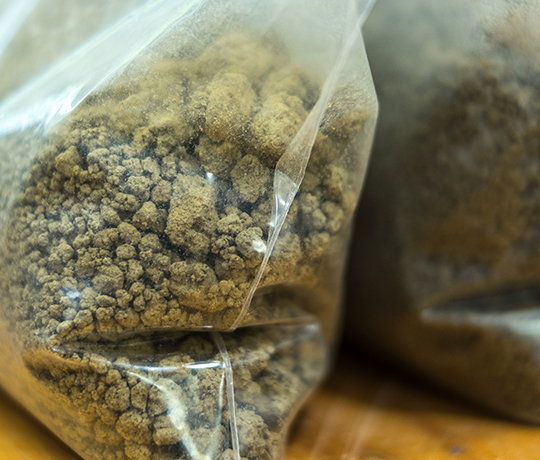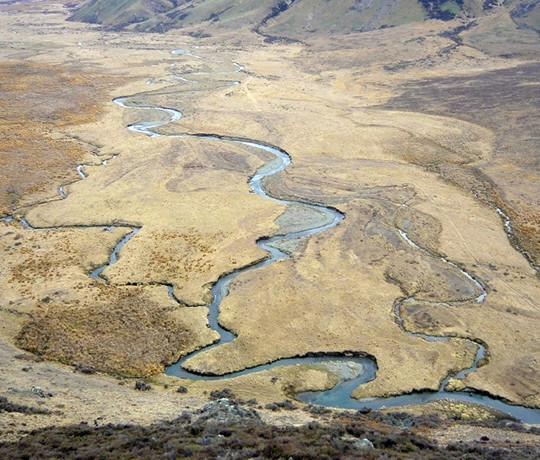Soil air: breathing in and out
Gases underground
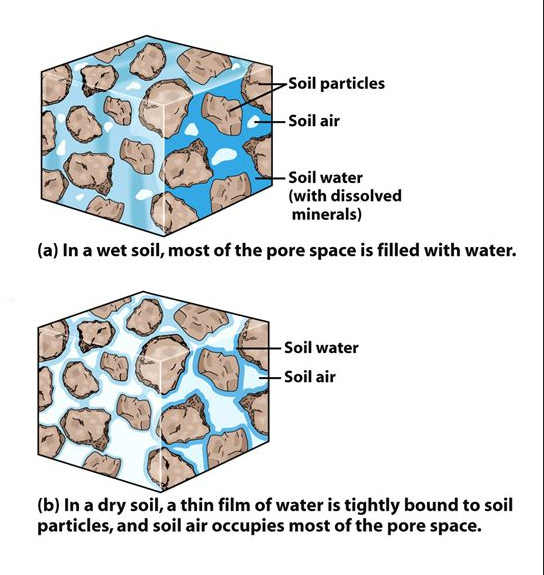
Soil is an organism that breathes in and out. Pores not filled with water are filled with soil air: a mixture of 79% nitrogen, less than 20.6% oxygen, and generally more than 0.2% carbon dioxide (CO2)1. The air in soil is in constant exchange with the atmosphere. Gases diffuse from the atmosphere into the soil and back out again, like breathing. The volume and rate of this exchange depend on soil texture, pore space volume, and the activity of flora and fauna.
Plant roots and micro-organisms require oxygen for their metabolism, and, among other gases, they both produce carbon dioxide as a waste product. Once produced, carbon dioxide remains in the soil pore space until it slowly diffuses out into the atmosphere. Carbon dioxide levels can rise up to tenfold above the normal atmospheric concentration if life in the topsoil is vividly active.
Cultivated soils ‘exhale’ around seven to eight thousand kilograms2 of carbon dioxide per hectare every year, two-thirds of which results from microbial activity. Plant roots are responsible for the remaining third. The release of gases from soil organisms and roots is called soil respiration.
The respiratory rate of soil is a good indicator of microbial activity underground, and it fluctuates steadily from day to night and from season to season. Soil respiration is highest during times of plant growth and when organic material - such as e.g. plant residues - accumulates. But it also depends on soil temperature (which determines the activity of soil microbes) and soil moisture (which determines oxygen availability).
Out of breath!
Factors that control soil respiration vary at small scales, which means soil respires in patchy patterns. Where and how much gas is released depends on the microbial communities and the underlying environmental conditions. Each breath, in or out of the soil body, has an effect.
Soil can either take up or release gases such as carbon dioxide (CO2), methane (CH4) and nitrous oxide (N2O), all of which are considered important greenhouse gases. Soil naturally emits a certain amount of these gases. Within recent times, however, the breathing of soil has accelerated: land-use change and agricultural intensification have added pressure on soils and have caused greenhouse gas emissions from soil to increase3.
Methane emissions originate from wet, oxygen-poor soils in peat lands or swamps, and from rice fields. Nitrous oxide is a by-product of soil microbes that use nitrogen compounds from fertiliser and animal excreta as an energy source for their metabolism. Over a hundred-year time span both gases, methane (21 times) and nitrous oxide (310 times)4, have a far greater potential to retain heat in the atmosphere than carbon dioxide.
How do different soils breathe? What factors and land management practises trigger greenhouse gas emissions from soil? It is up to us to understand and learn more about soil respiration so that, in the end, we do not get out of breath.
Soils: Our ally against climate change
A look at how our Soils help to combat climate change in their role of sequestering CO2, and how our collective habits can damage this benefit with potentially devastating consequences.
1 Blum (2007). Bodenkunde in Stichworten. 6th edition.
2 Scheffer & Schachtschabel (2010). Lehrbuch der Bodenkunde. 16th edition, p. 252. Confirmed for NZ pasture to be around 7000 kg CO2 ha-1 yr-1 by Aaron Wall (oral), 13/02/2019.
3 IPCC (2019). Climate Change and Land: an IPCC special report on climate change, desertification, land degradation, sustainable land
management, food security, and greenhouse gas fluxes in terrestrial ecosystems.
4https://unfccc.int/process/transparency-and-reporting/greenhouse-gas-data/greenhouse-gas-data-unfccc/global-warming-potentials, and: Climate Change 1995, The Science of Climate Change: Summary for Policymakers and Technical Summary of the Working Group I Report, page 22.
